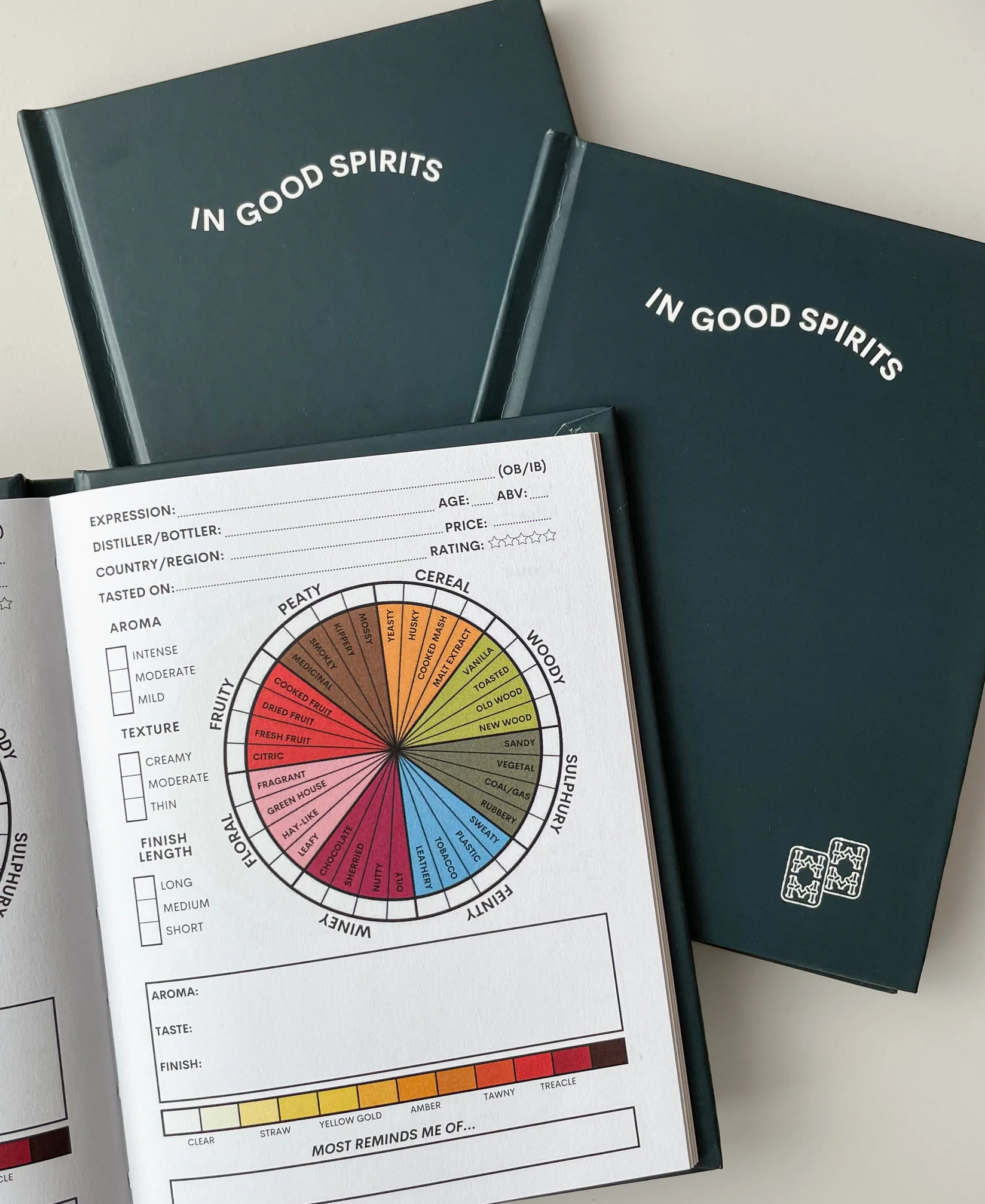Event Report: Sake Festival 2025 Returns Bigger Than Ever With 500 Sakes To Taste For 10th Anniversary

Sake Festival returned on June 28th, 2025, marking its 10th anniversary with an astonishing 500 different labels. This is a sizeable leap from last year’s already impressive 300.
Hosted in the expansive halls of Suntec City Convention Centre, the event took full advantage of the space to provide:
- Guided tasting tours led by certified sake sommeliers
- An Izakaya experience curated by Tanpaga chefs from Tanjong Pagar
- A retail corner featuring artisanal sake cups, glassware, and Japanese crafts
- A plethora of booths that featured premium sake, umeshu, and other drinks

Orihara Singapore, a subsidiary of the acclaimed Orihara Japan, specialises in premium sake and Japanese spirits. Leveraging on its parent company’s expertise in Japan’s high-end F&B scene, Orihara Singapore offers one of the city’s widest selections of fine sake.
Decoding a sake label
Before we start with the reviews, it would be great to understand some key terms. Master these words, and a bottle’s style begins to reveal itself. For deeper details, such as polishing ratios and fermentation length, do check out the producers' websites or engage in a great conversation with brand representatives!

- Shuzo/Shuzojo – Sake producer, used as part of a producer’s name
- Junmai – Pure rice sake, no added brewer’s alcohol
- Daiginjo – Rice polished to ≤ 50 % of its original size
- Ginjo – Rice polished to ≤ 60 % of its original size
- Honjozo – Rice polished to ≤ 70 % of its original size
- Nama – Unpasteurized
- Nigori – Cloudy
- Koshu – Aged
While this may seem very confusing, after going through a few names, you will quickly get the hang of it!
Now let's get to tasting some Sake! Here were some of our highlights!

Shuho Shuzojo - Shuho Junmaidaiginjo Yamadanishiki 47 Nama
This sake aims to promote the taste of Yamada Nishiki, often called the King of Sake Rice. It is desired due to its ability to absorb water and dissolve easily. I loved the viscosity, and there were fruity notes such as passionfruit and guava.
This is a pure rice sake, with a rice milling requirement of less than 50%. Indeed, the rice was polished to 47%. Moreover, this was made from a rice variety called Yamada Nishiki, and unpasteurized. Do note that not all numbers in naming conventions indicate the polishing rate!

Minenohakubai Shuzo - Ryoko Junmai Dry
As the name suggests, this is a dry Junmai sake. The aftertaste is refreshing yet retains the good qualities of Ryoko sakes. Some lemon zest and herbs, green apples, and unripe graham pears. Minerally, crisp and dry.

Aoki Shuzo - Kakurei Daiginjo Bokushi
This is an annual special release made during the winter, featuring a combination of natural water, top-quality rice, and expertise from master brewers. This is brewed only with Hyogo’s top-class Yamada Nishiki rice. This has a gorgeous, delicate rice aroma. The floral character is enhanced by fruity notes, with a sweet finish.

Fumigiku Shuzo - Haneya Junmaidaiginjo Tsubasa
It is named “Tsubasa” (which translates to Wings) in the hope that it will enliven the spirits of drinkers. This was super floral. Some tea notes with yuzu zest. Bright acidity rounded off by fresh apricots. There is a fluffy mouthfeel yet exceptional clarity of flavours.

Manatsuru Shuzo - Manatsuru Sow Junmaiginjo
This was very refreshing, featuring loads of citrus such as Yuzu. There were some green notes, lemon zest, finished off with an elegant sweetness.

Doi Shuzojo - Kaiun Daiginjo
This sake is made from Yamada Nishiki, a top-grade rice from Hyogo. This unrefined sake underwent slow fermentation over a long period of time at a low temperature to bring out the delicate flavours. I get some acacia honey, ripe honeydew with a distinct rice sweetness. Very pleasant.

Seiryo Shuzo - Iyokagiya Muroka Junmaiginjo Black
This had a lighter consistency, some white dragon fruits with honeydew. Clean and crisp on the palate but refreshing on the finish.

Mutemuka - Shimanto Taisho
This is a premium chestnut shochu made with 75% chestnuts, with the remainder being rice. Aged for 3 years, this has the distinct nuttiness of roasted chestnuts, with an immense sweetness. It was so smooth, it did not feel like 35% abv.

Miinokotobuki - Miinokotobuki Junmaidaiginjo Sakemirai
Soft, flowery with some tea notes. It is moderately sweet with some umami and light acidity such as yuzu. This was fuller in flavour with a lingering fruitiness.

Yamaguchi Shuzojo - Niwanouguisu Umeshu Tomari 11 years
This is an Umeshu that has been aged for 11 years, which is very rare. It has a unique depth of flavour, which I will describe as thick, velvety and decadent plums. Brown sugar, preserved prunes. Rather viscous with a lingering finish. Just amazing.

Kiyama Shoten - Kihotsuru Junmaiginjo Yamadanishiki
This is refreshing and fruity, with some effervescence and bamboo greenness. Silky, light, and refreshing. The acidity is minimal here, complemented by ripe fruits and a pleasant, natural rice sweetness.
Besides the drinks themselves, the event was greatly enhanced by these additional complementary experiences.

Glassware & Ceramics
Marumo Takagi’s range included a kinetic “waterfall” made from traditional Masu cups, which doubled as art.

Art & Calligraphy
Kimie Nagai’s beautiful brushwork joined Saya Yamaguchi’s ceramics, and Chihobird’s whimsical illustrations provided a full cultural showcase.

Calligraphy by Kimie Nagai

Ceramic art by Saya Yamaguchi (L) and art by Chihobird (R)

Postcards by Chihobird
Wrapping Up!
From its record-breaking lineup of 500 labels to its immersive cultural experiences, Sake Festival 2025 more than lived up to its 10th anniversary. It was an unforgettable celebration with an authentic Japanese experience. One thing is certain, Sake Festival never fails to disappoint, and we cannot wait for next year!

Penned by Pivoine




